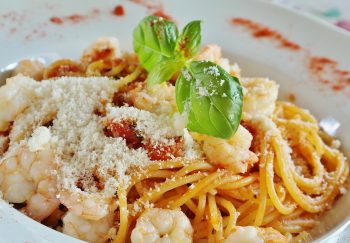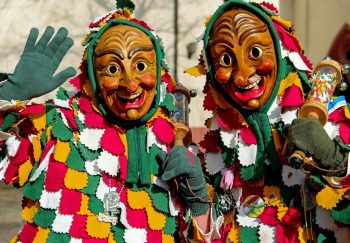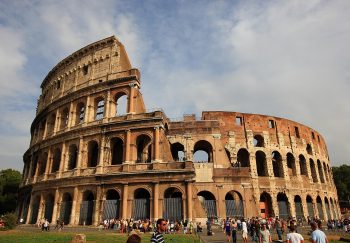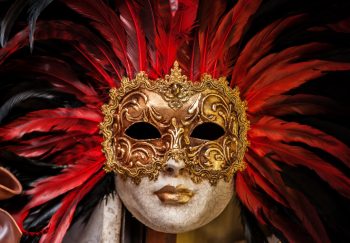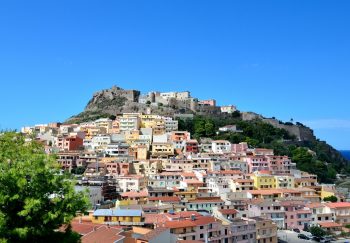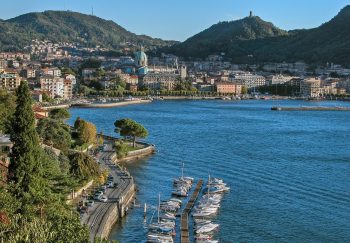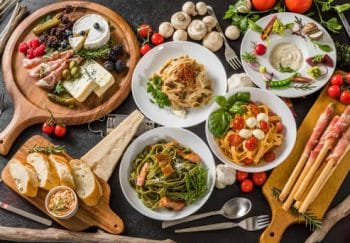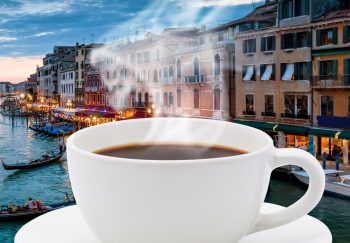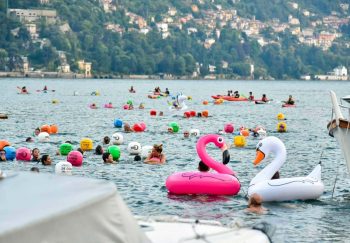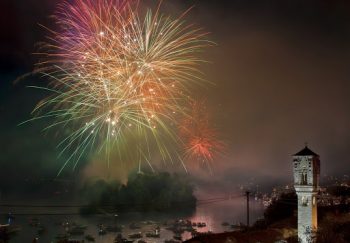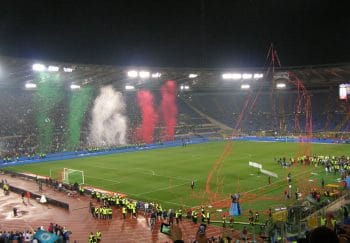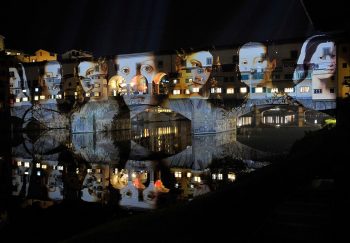The writer’s route, which runs along the Valley of the Temples runs to the locations where the most important Sicilian writers resided. This itinerary is full of natural, artistic and archaeological beauty, as well as food and wine traditions.
Let’s begin our journey by visiting the places Andrea Camilleri has long described: the Scala dei Turchi is an impressive sheer cliff that rises above the sea at Realmonte. The second stop is the kaleidoscopic Cathedral of Salt where you can see some fascinating sculptures made from salt rock and stone, including bas-reliefs and stoups.
The route passes the incredible Kolymbetra Garden. This was once a wastewater collection. It has been transformed into a kind of Garden of Eden by Fai (the National Trust for Italy). According to Diodorus Siculus’s first century after Christ, it was “a large pool…with a perimeter of seven stadion,….. 20 fathoms deep…where the Phaeacian Aqueducts ran, a nursery with refined flora, and abundant wildlife”. Pirandello describes it as “the ancient famous Colimbetra Akragantina” at the bottom of the plateau. This is where three small valleys join and the rocks separate, and where the Temples rise is interrupted by an opening. The place is now known as Abbadia bassa. It was here that the inhabitants of the ancient Akragas had established the fishing spot, a large water basin that ran to the Hypsas River and whose dike contributed to the fortifications of the city.
Contrada Caos is a mix of myth and literature. It’s the area where Luigi Pirandello was born. The district also includes Villa Seta in Agrigento, which leads up to the historical center of Girgenti. Pirandello’s characters inspired his novels and short stories. The Lucchesian Library, the Church of Itria where the writer was married, his family home at via Pirandello, as well as the Church of San Pietro. There are also many courtyards, alleys, and incredible landscapes such Viale della Vittoria and Piazza Sinatra which Pirandello describes in his novels.
Agrigento’s Cathedral is one place mentioned in the famous novel Il Gattopardo. The letter of the devil is located at the top of the bell tower. It contains the mysterious manuscript of Sister Mariacrocifissa, the Blessed Corbera that Giuseppe Tomasi di Lampedusa mentions in his magnum opus. You can retrace the Gattopardo’s sites by going to Palma di Montechiaro (20 minutes away from Agrigento), where you will find the Tomasi Family residences. These range from Palazzo Ducale through the castle, and then finally to the Monastery. You must visit the Cloistered Nuns to taste the “ricci di Mandorla”, which are the famous biscuits that were mentioned in the literary masterpiece.
We start at the Mosella junction and drive along olive groves, barns, and fallow fields before we turn back to the path that leads to the country manor Baron Agnello. This is Simonetta Agnello Horby’s favorite landscape.The one that inspired many of her novels set in Sicily in the mythical places she grew up in.
Next stop Vigata is our next stop, which is the town mentioned in the famous saga “Il Commissario Montalbano” written by Andrea Camilleri.
It is actually Marina di Girgenti. The current Porto Empedocle has the towering Tower of Carlo V. There, the facts of ” Le strage dimenticata” (The unforgotten massacre) were established.
Let’s explore the beauty of the hinterland, where innovative urban regeneration projects have transformed them into centers of great importance. Favara is the birthplace for Antonio Russello. Today, its most neglected neighborhoods have been transformed into an open-air contemporary art museum called the Farm Cultural Park.
Racalmuto is home to Castello Chiaramontano as well as Teatro Regina Margherita. This small theater was used by Leonardo Sciascia while he was a child. The main street is home to a statue commemorating the writer, which was sculpted by Giuseppe Agnello. It shows him walking, thoughtfully, and holding a cigarette in his hands. The Leonardo Sciascia Foundation is next on our list. This former power plant has been beautifully restored and is a treasure trove for writers’ scholars and admirers. We reach the sicane tombs, also known as the caves of Fra Diego La Matina. This is where Sciascia referred to in his novel The Death of the Inquisitor. The writer lived in a country house not far from the village. He loved to escape and pursue his passion for writing.
Caltanissetta was called the “small Athens” by Sciascia. It gave rise to many famous characters such as Piermaria Rosso di Santa Secondo, a great dramaturge and poet, and Emanuele Macaluso, politician and journalist.
Our writers’ novels include the cavatelli of Agrigento (short, thin strips of pasta rolled in opposite directions to create a hollow shape), and the oranges of Ribera. The sweet couscous made by the nuns from Santo Spirito of Agrigento, as well as the cuccureddi (traditional sweets made in Delia), are all mentioned in our writers’ novels.
Favara’s most popular Easter sweet is the Easter Lamb. It’s a marzipan-pistachios paste dessert that is covered with “velata” (a sugar glaze), and richly decorated with small bells and silver sugar pearls as well as ribbons and small red flags.
This dessert is a reminder of Jesus’ idea of Him as Lamb of God. It dates back to the early 20th century when it was made by the Collegio di Maria in Favara.
You can see the delicious dessert being prepared and then eat it at Chiaramonte castle during Easter Lamb Festival, which is held every year during Easter Holidays.
Tradition says that the original recipe dates back to the early 20th century when the dessert was made by the College of Mary sisters in Batia to honor Jesus as the Lamb of God. You can see the creation of the cake, and you can eat it during Easter Lamb Festival
Continue reading:
Strada degli Scrittori
[email protected]
